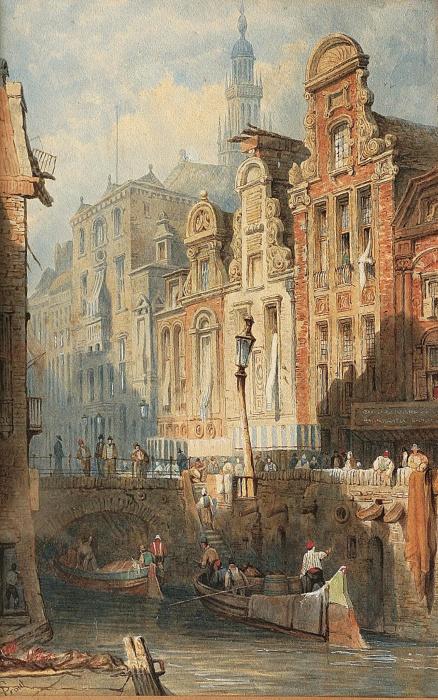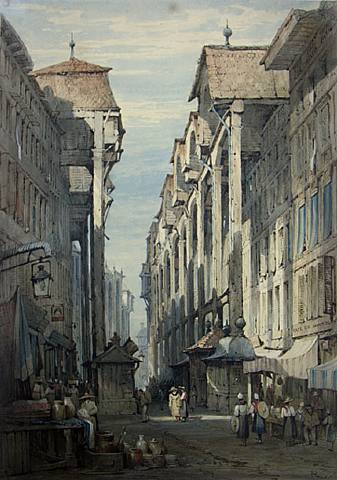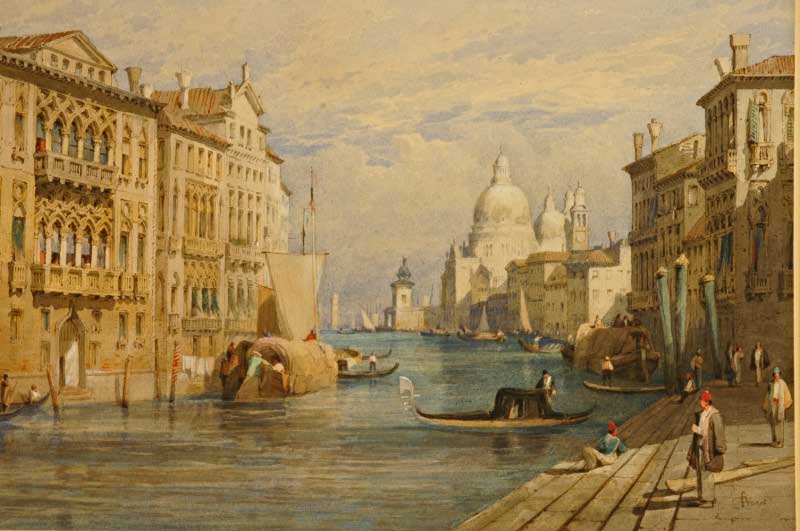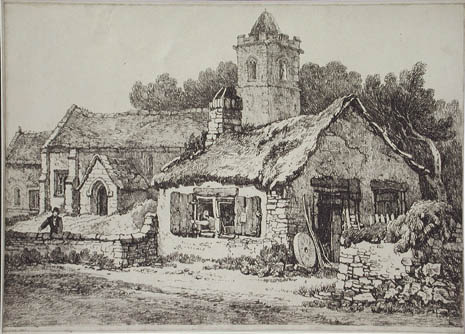<Back to Index>
- Mathematician Georg Friedrich Bernhard Riemann, 1826
- Painter Samuel Prout, 1783
- Political Scientist Marie Jean Antoine Nicolas de Caritat, Marquis de Condorcet, 1743
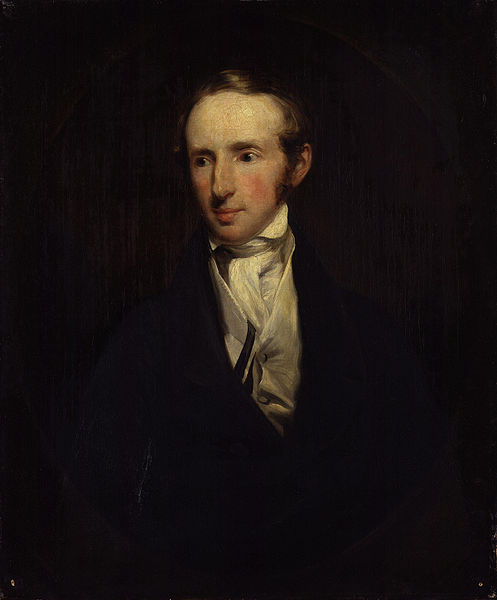
Samuel Prout (September 17, 1783 - February 10, 1852) was an English water-colour painter.
He was born at Plymouth, the fourth of fourteen children born to Samuel Prout Senior, a naval outfitter in the dockyard city, and Mary Cater. Attending Plymouth Grammar School he came under the influence of Headmaster Dr. John Bidlake who encouraged the young Prout and Benjamin Robert Haydon in their artistic apprenticeship. They spent whole summer days drawing the quiet cottages, rustic bridges and romantic watermills of the beautiful valleys of Devon. With John Britton, he made a journey through Cornwall to try his hand in furnishing sketches for Britton's Beauties of England. In 1803 he moved to London, where he stayed until 1812. Marrying Elizabeth Gillespie in 1810, they had four children; Rebecca Elizabeth (1813), Elizabeth Delsey (1817), Isabella Anne (1820), and Samuel Gllespie (1822).
In London, Prout saw new possibilities, and endeavoured to correct and improve his style by studying the works of the rising school of landscape. To earn a living, he painted marine pieces for Palser the printseller, took students, and published drawing books for learners. He was one of the first to use lithography in his artwork.
It was not however until about 1818 that Prout discovered his niche. Happening time to make his first visit to the Continent, and to study the quaint streets and market-places of continental cities, he suddenly found himself in a new and enchanting province of art. His eye caught the picturesque features of the architecture, and his hand recorded them with skill. The composition of his drawings was exquisitely natural; their colour exhibited "the truest and happiest association in sun and shade"; the picturesque remnants of ancient architecture were rendered with the happiest breadth and largeness, with the heartiest perception and enjoyment of their time-worn ruggedness; and the solemnity of great cathedrals was brought out with striking effect.
Having established his reputation with these street scenes, and gaining praise from John Ruskin, he was made 'Painter in Water-Colours in Ordinary' to King George IV in 1829 and afterwards to Queen Victoria.
At the time of his death there was hardly a place in France, Germany, Italy (especially Venice) or the Netherlands where his face had not been seen searching for antique gables and sculptured pieces of stone. He died after a stroke at his home at Denmark Hill, London, and was buried at West Norwood Cemetery.
A large quantity of his original sketchbooks, lithographs, account books, letters and family materials are held at the North Devon Athenaeum, Barnstaple, Devon.
Samuel
Gillespie Prout followed in his father's footsteps, painting
watercolours which are sometimes confused for his father's work.
Another member of the family, John Skinner Prout made a career for himself painting and writing books in Tasmania.





